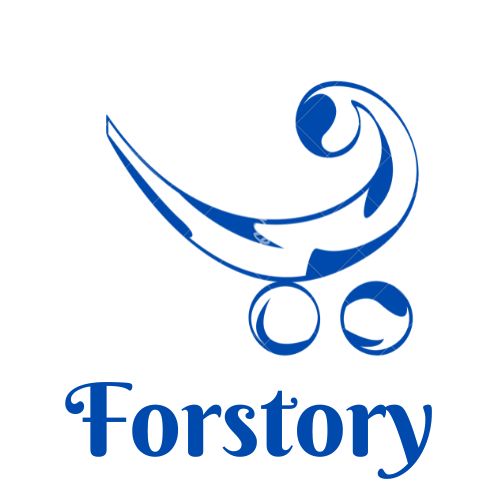Five Tips for a Successful Brand Launch

As a marketer, one of the most important things you can create a brand for your firm.
With a distinct image, a recognizable voice, and an identity that resonates with your target clients, you can set yourself apart from industry competitors. However, building and launching your brand from the ground up can be challenging, especially if you’re a small business with little resources.
It’s tempting to speed through the market entry procedure and start selling products as soon as possible, but how you introduce your company to your clients can significantly impact your future sales potential. After all, you only get one chance to make a positive first impression.
Adopting a forward-thinking mindset, developing a strategy, and thoroughly planning your launch will assist propel your launch into the stratosphere of success and words to describe yourself is a major factor. It only takes a commitment to five easy steps. To find out more about selling a business in Melbourne check out Nash Advisory.
Step 1: Begin as soon as feasible.

When we fail to prepare, we prepare to fail, as founding father Benjamin Franklin once said.
There’s much more to launching a brand than just displaying a new logo and announcing that you’re open for business. The sooner you begin, the sooner you’ll be able to spot possible issues before they harm your company’s reputation.
For example, we all recall the terrible spring morning when Instagram unveiled its new logo, causing public outrage and leaving the company perplexed as to what went wrong.
Instagram is just one example of a spectacular launch failure, but it demonstrates the significance of giving your team plenty of time to make sure your approach makes sense before launching it to the masses. A few extra weeks spent conducting customer research could have saved Instagram months of damage management.
Step 2: Become familiar with your audience’s ecology

Your brand is your reputation, identity, and soul as a business. The most successful brands have a deeper connection with their customers, sharing common values, beliefs, and objectives.
The more you understand your audience ecology, the more you can develop a brand that produces attention around your launch and maintains long-term relationships throughout your company’s lifespan.
So, how do you plan a rollout for your target audience?
Bring the user persona back. Your buyer persona will always be a valuable resource in your brand strategy. A data-driven understanding of your ideal consumer will tell you how to communicate with them, where to locate them, and how to boost engagement.
Create a unified channel. Your profiles should reveal where your customers spend most of their time, whether on your blog, social network pages, or elsewhere. Also, maintain a similar tone of voice, images, and timeline throughout all touchpoints to provide a seamless experience. Don’t introduce your new logo on your website in August after showcasing it on Instagram in April!
Participate in your audience. Finally, don’t simply tell your clients about your new brand; ask them what they think of your logo, how they feel about your name, and if they’ve encountered any issues with your new website. Engaging your audience from the outset is a terrific approach to getting your company’s community.
Step 3: Treat your launch as a single chapter in your tale.
Successful businesses develop a bond with their target audience, transforming one-time customers into long-term champions. As customers look for new ways to strengthen their bonds with their favorite companies, the simplest approach to ensure your launch is successful is to present it as an important chapter in a broader corporate story.
What prompted you to pursue this particular market if you’re launching a new business? What trends in your sector prompted you to change your image if you rebrand? When Airbnb unveiled its new brand identity in 2014, it told a tale about how the new logo represented “belonging.” And in the beginning If you have words like “I need 20000 rupees loan urgently”. Then don’t hesitate to take loan.
Before telling the world your narrative, make sure your staff understands it completely. After all, your staffs are your most valuable ambassadors and frontline storytellers, and they are the ones who are responsible for spreading your message. If they’re unsure about the new chapter in your story or what it means to them, gaps may appear in your new persona.
Step 4: Establish a launch schedule.
In business, timing is crucial. If you publish a blog at the wrong moment, you risk enraging a disgruntled customer base. If you launch a product too late, you risk missing out on a market-changing opportunity.

When it comes to establishing a brand, timing is everything. You want to make sure you’re sharing the correct information with the right people at the right moment.
Setting up a rollout plan may appear simple enough. Still, it becomes significantly more complicated when you consider the number of touchpoints you utilize to communicate with your audience daily—signage, marketing literature, social media channels, email signatures, and so much more.
Dotting your i’s and crossing your t’s at the right times can help you reveal a clear and consistent brand to the public, rather than one that appears to be “under construction.”
Also, avoid disclosing brand details before the actual launch date. Taken out of context, brand media can start a negative dialogue about your organization before it even gets a chance to present itself.
Step 5: Persist in your efforts.
Your brand strategy does not begin and end with a well-executed launch.

The rollout is the first step toward your new brand identity, and the road ahead offers a plethora of opportunities for engaging, sharing, and talking with your customers in ways that disseminate your message to new individuals and partners. Although your launch sets the tone for marketing efforts, content production, and social media growth, you must invest in all of it.
To increase your chances of success, start with a system that allows you to collect feedback and key metrics regarding how your brand is regarded. Measure social media activity, send out surveys, and interact with customers to learn more about what they like and dislike about the company. This will assist you in avoiding any misunderstandings about your reputation.
After a successful launch, never rest on your laurels. A brand is more than simply a name, a logo, or a website—it’s living, breathing organism that needs constant care to thrive.
visit for more articles :https://forstory.org/




